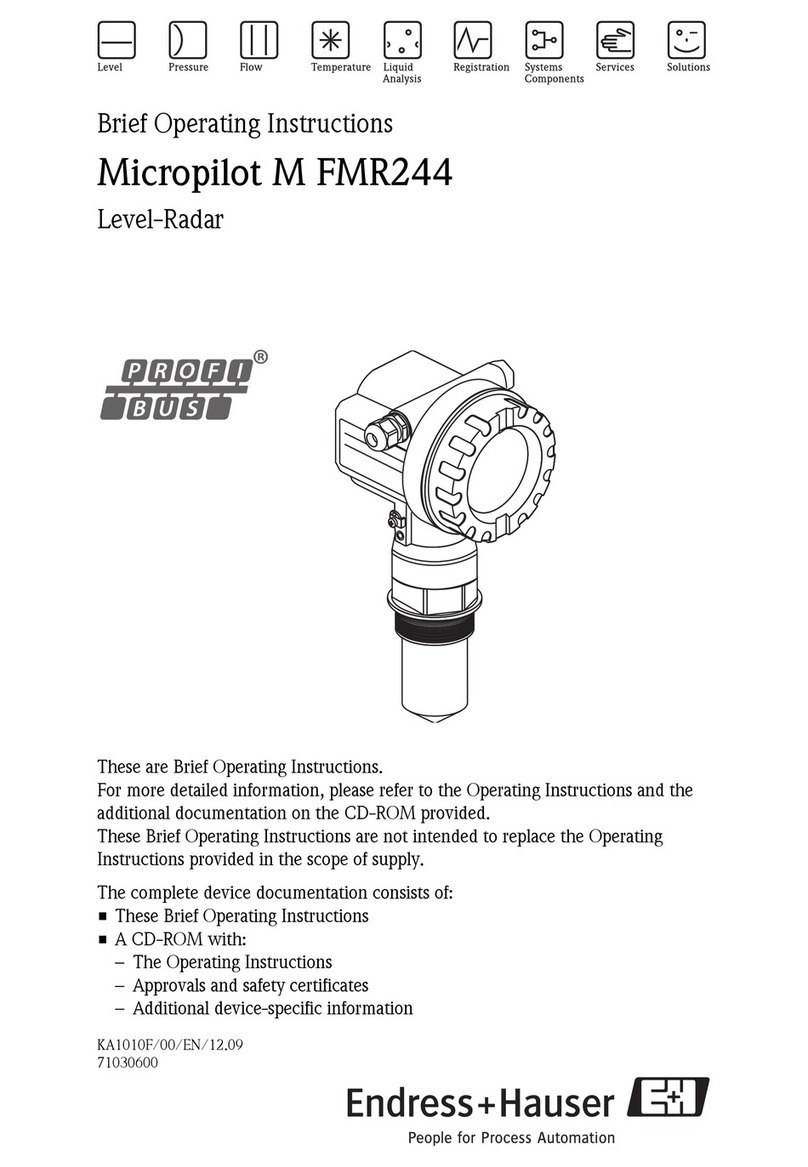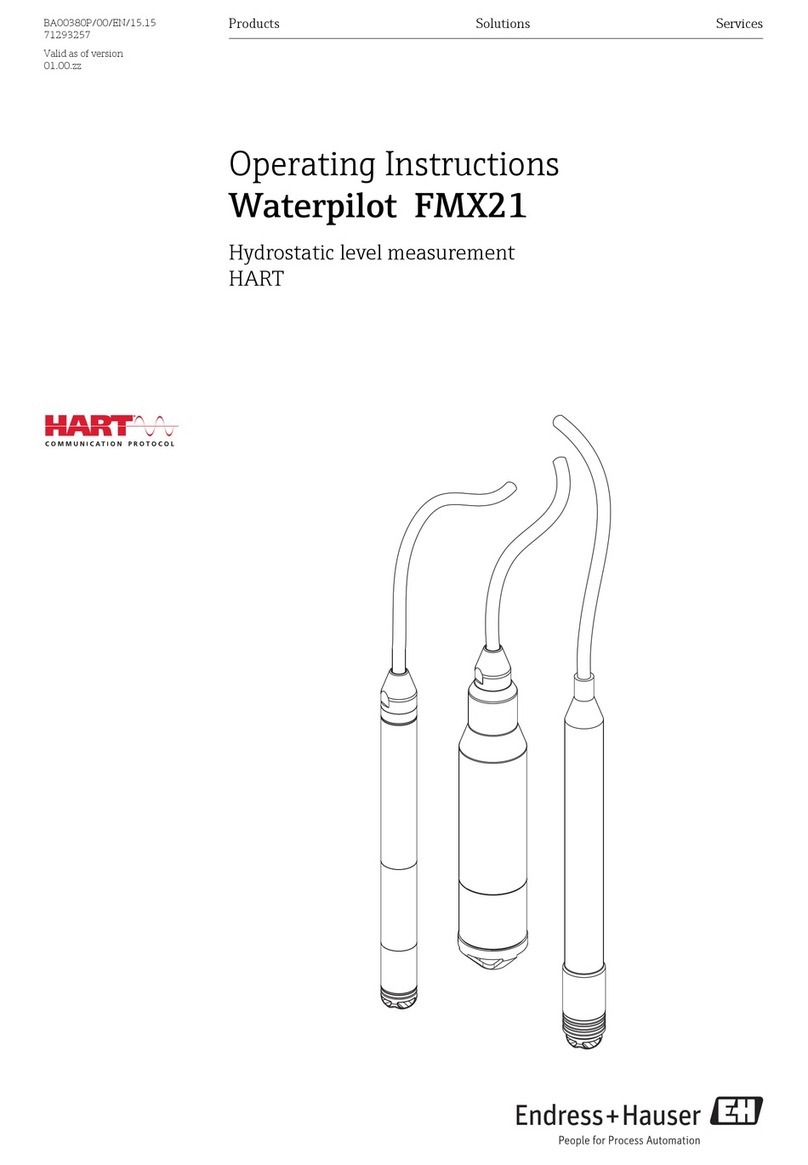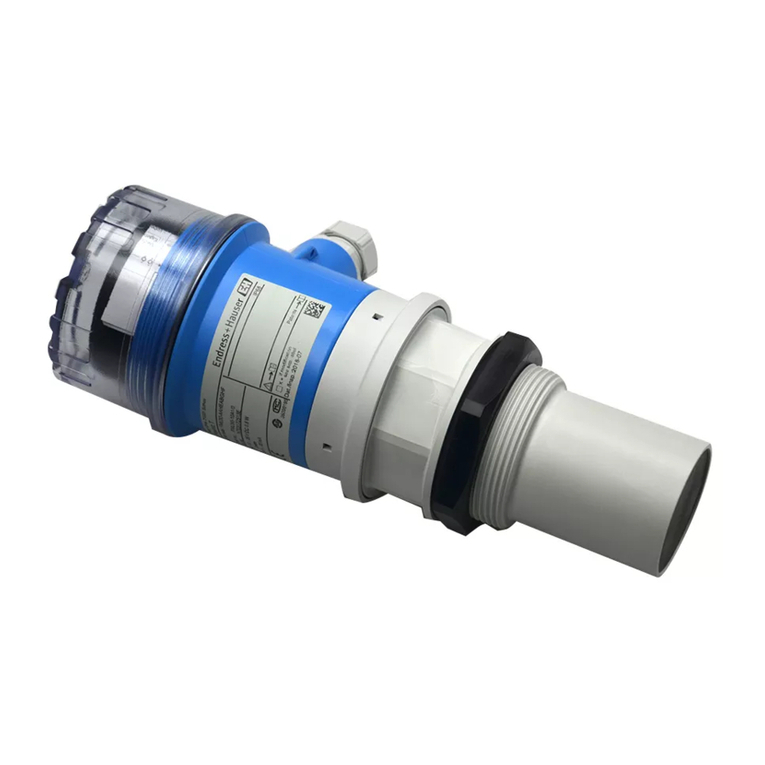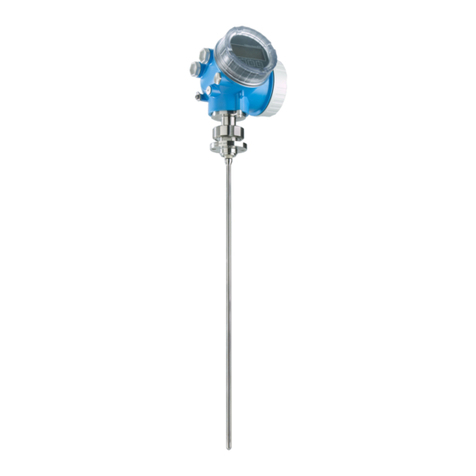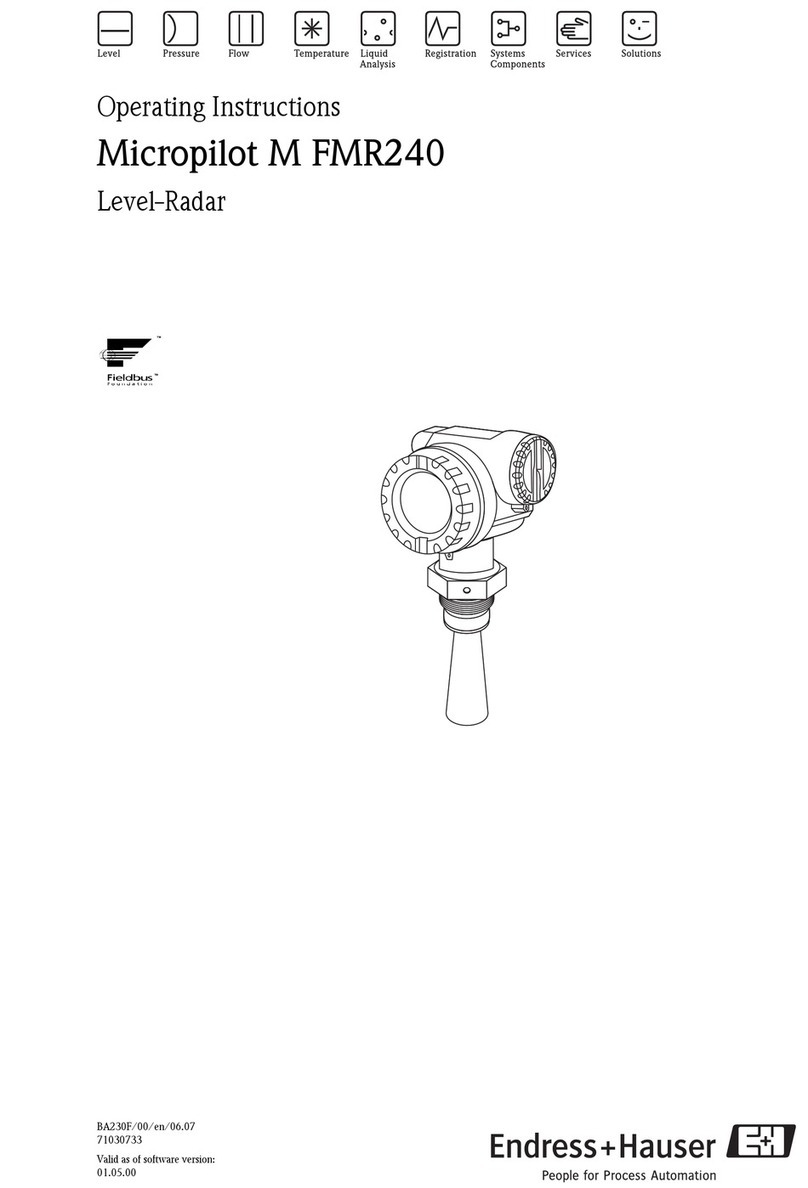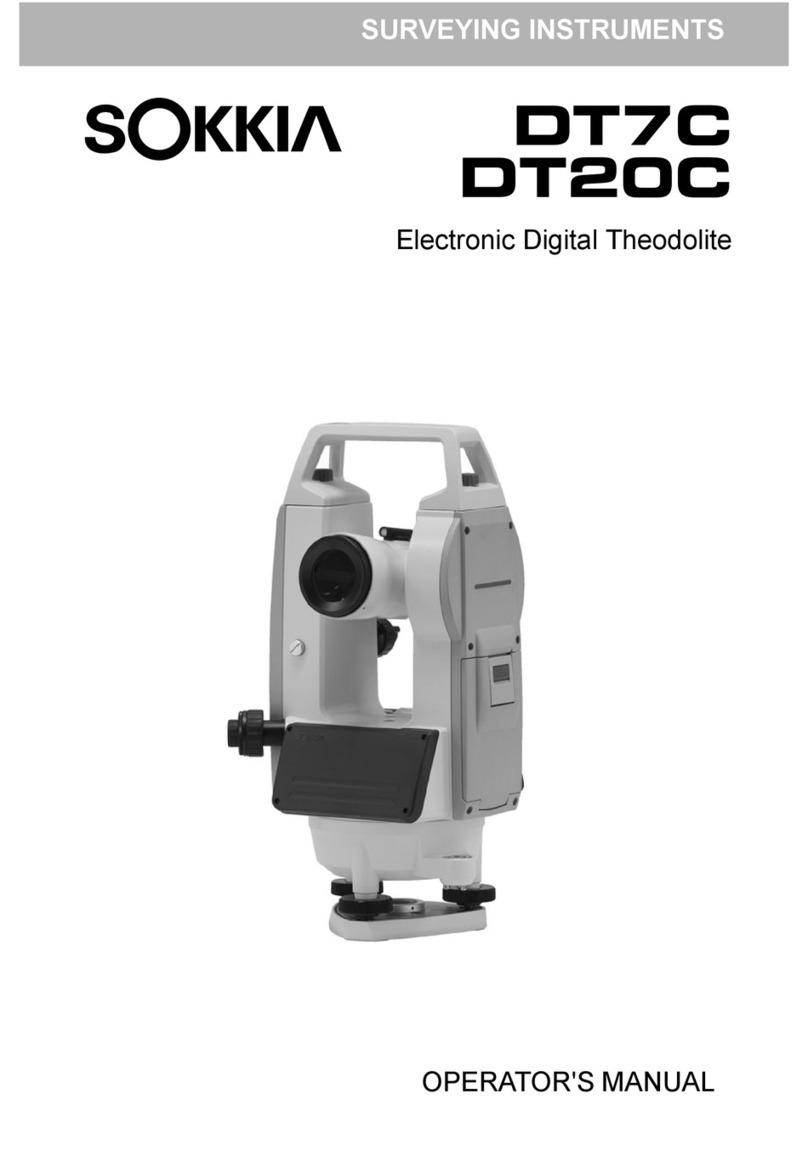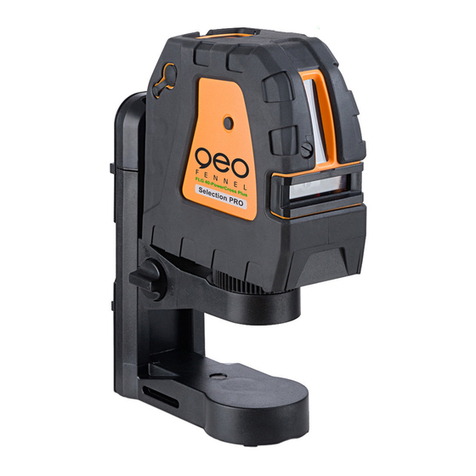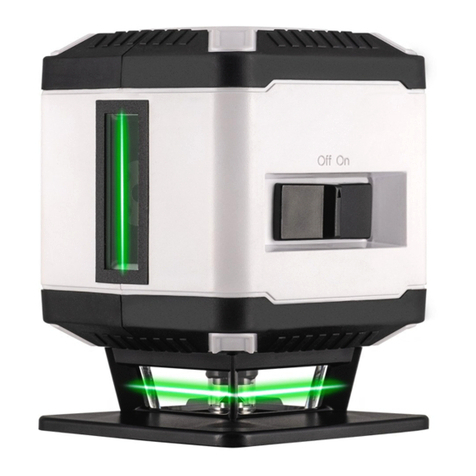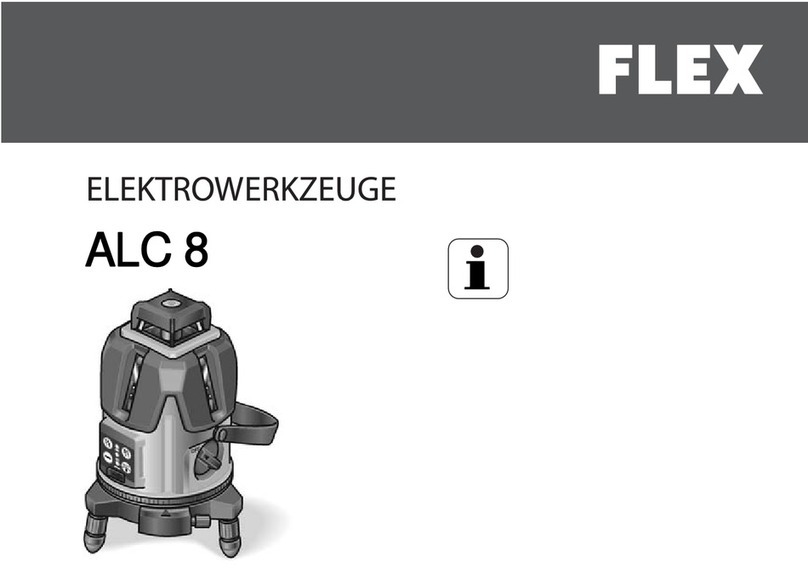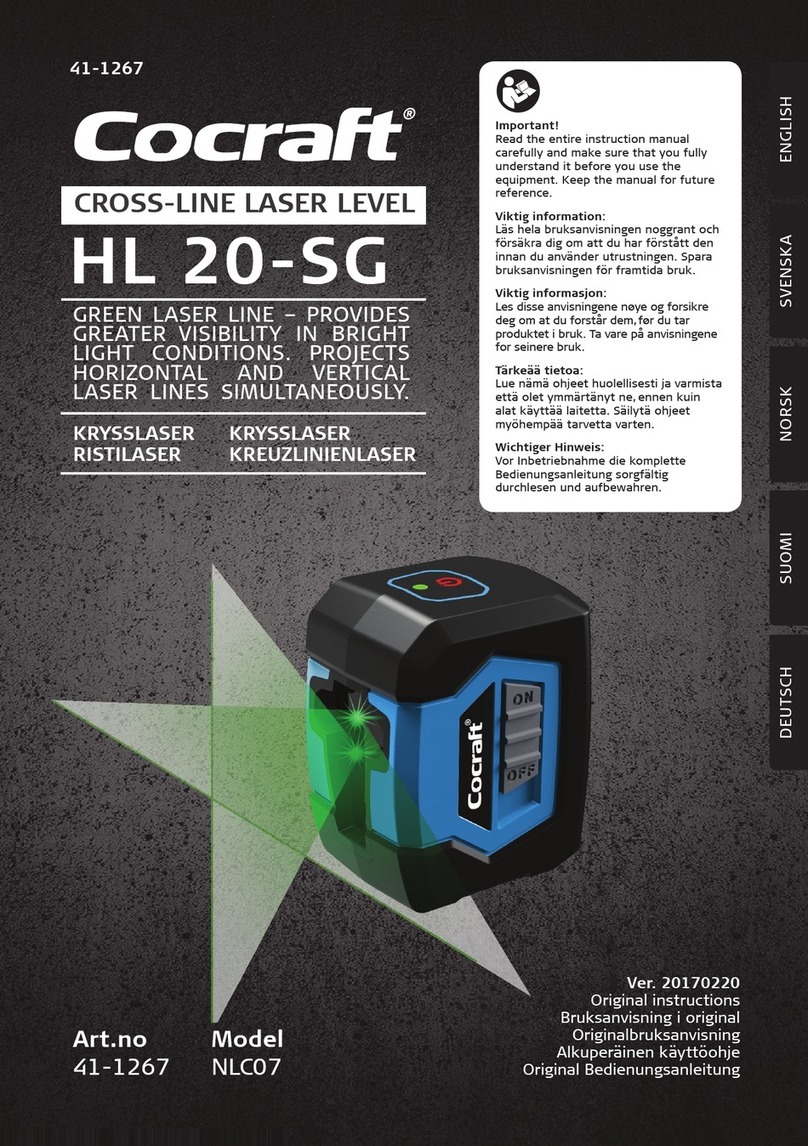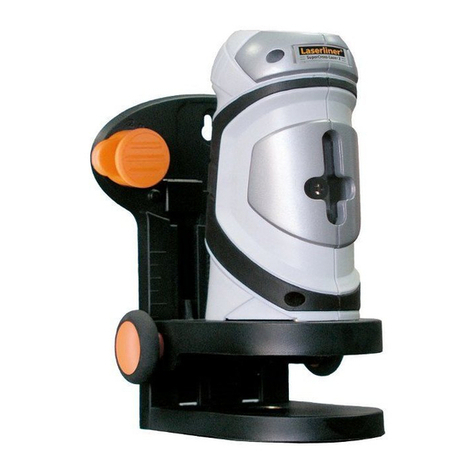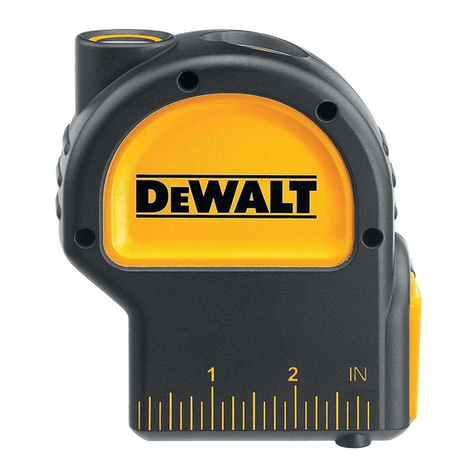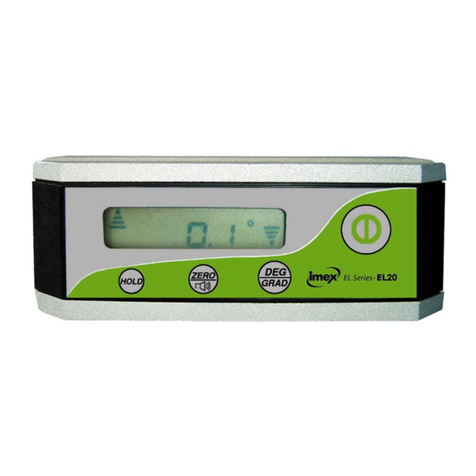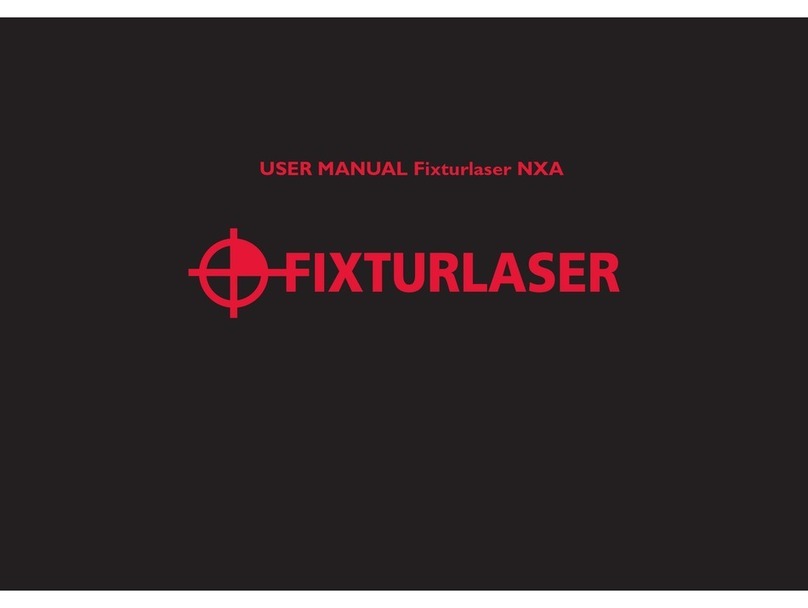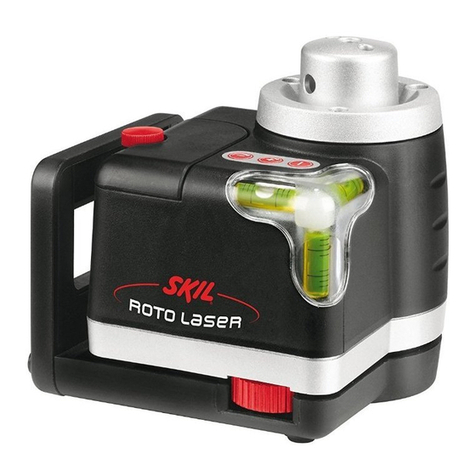Table of contents Levelflex FMP55
2 Endress+Hauser
Table of contents
1 Important document information ............................... 3
1.1 Document conventions ........................................... 3
2 Basic safety instructions ...................................... 4
2.1 Requirements concerning the staff ...................................... 4
2.2 Designated use ............................................... 4
2.3 Workplace safety .............................................. 5
2.4 Operational safety .............................................. 5
2.5 Product safety ................................................ 5
3 Product description ......................................... 6
3.1 Compact device Levelflex .......................................... 6
3.2 Electronics housing ............................................. 7
4 Incoming acceptance and product identification ..................... 8
4.1 Incoming acceptance ............................................ 8
4.2 Product identification ............................................ 9
5 Storage, Transport ........................................ 10
5.1 Storage conditions ............................................. 10
5.2 Transport product to the measuring point .................................. 10
6 Mounting ............................................... 12
6.1 Suitable mounting position ......................................... 12
6.2 Securing the probe ............................................. 12
6.3 Special mounting conditions ........................................ 13
6.4 Mounting the device ............................................ 15
6.5 Post-installation check ........................................... 17
7 Electrical connection ....................................... 18
7.1 Connection options ............................................ 18
7.2 Connection options ............................................ 20
7.3 Connection data .............................................. 21
7.4 Connecting the measuring device ...................................... 22
7.5 Post-connection check ........................................... 25
8 Integration into a FOUNDATION Fieldbus network .................. 25
8.1 Device Description (DD) .......................................... 25
8.2 Integration into the FOUNDATION Fieldbus network ............................ 25
8.3 Device identification and addressing .................................... 26
8.4 Block model ................................................ 28
8.5 Assignment of the measured values (CHANNEL) in an AI Block ....................... 29
8.6 Methods .................................................. 30
9 Commissioning via operating menu (On-site display, FieldCare) ......... 31
9.1 Display and operating module ....................................... 31
9.2 Operating concept ............................................. 33
9.3 Adjust the display contrast ......................................... 35
9.4 Unlock the device ............................................. 35
9.5 Set the operating language ......................................... 37
9.6 Configuration of an interface measurement ................................. 38
9.7 User-specific applications (operation) .................................... 39

